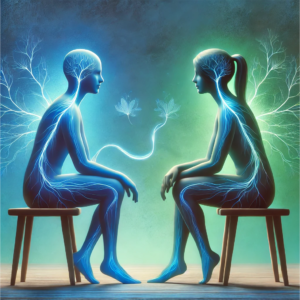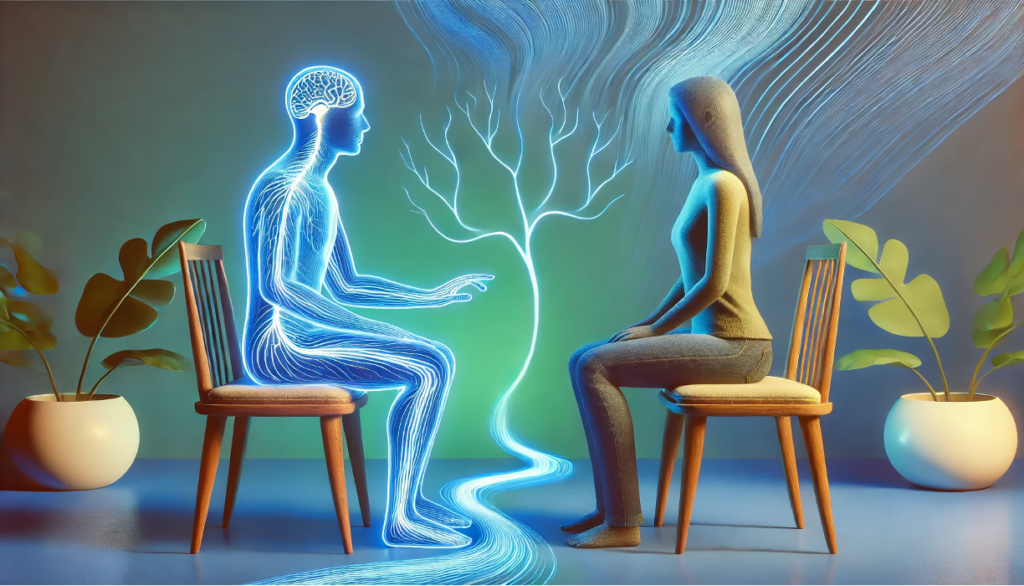Unlock your uniqueness
ADHD is considered a neurological condition that affects children, adolescents and adults, causing a wide array of differences and challenges compared to neurotypical individuals. ADHD is often recognised as a heritable condition which manifests in childhood, but there has been an increase in first-time diagnoses in adulthood in recent years. In addition to genetics, it is now evident that certain environmental stressors may also cause ADHD-like symptoms.
In today’s fast-paced VUCA/BANI world, we are overwhelmed by the constant influx of information from the internet, smartphones and social media. Modern life forces our brains to handle more data than ever before. This has resulted in an increase in people who act as if they have ADHD but, upon closer inspection, do not meet the criteria for a diagnosis. This led authors Edward Hallowell and John Ratey, in their book ADHD 2.0, to define an environmentally induced cousin of ADHD called VAST: the Variable Attention Stimulus Trait.
Those with ADHD or VAST may face difficulties in school, within the family or at work; problems with impulsivity and discipline; inattentiveness; hyperactivity; trouble organising their time, tasks, and environments; exceptional struggles with procrastination and distraction; deficits in setting priorities and following through; difficulties with social situations and relationships and a variety of substance abuse issues, including addictions to alcohol, drugs or food.
ADHD or VAST can also be thought of as a complex set of contradictory or paradoxical tendencies: a lack of focus combined with an ability to hyper-focus, a lack of direction combined with highly directed entrepreneurialism, a tendency to procrastinate combined with a knack for getting a week’s worth of work done in two hours, impulsive, wrongheaded decision-making combined with inventive, out-of-the-blue problem-solving, interpersonal cluelessness combined with uncanny intuition and empathy – the list goes on.
Due to living in societies geared towards neurotypical individuals, those with ADHD or VAST may often suffer from poor self-esteem and a distorted self-image. This is often a result of the continuous criticism and rejection they may experience from others regarding their behaviour or performance. ADHD or VAST may manifest as a daunting list of potential difficulties, but everyone is different – no one has all of these difficulties, and every affected person’s ADHD or VAST shows up in a different way.
Authors Edward Hallowell and John Ratey, in ADHD 2.0, describe it this way: “A person with ADHD has the power of a Ferrari engine but with bicycle-strength brakes. The mismatch of engine power to braking capability causes the problems.”
They describe ADHD or VAST as a powerful force of pain and needless suffering. But if understood and mastered, it brings out talents you can neither teach nor buy. It is often the source of creativity, artistic talents, ingenuity and innovative thinking. It can be your special strength, your child’s bona fide superpower that unlocks their potential.
“ADHD” or “VAST”, therefore, describes a way of being in the world. It is neither entirely a disorder nor entirely an asset. It is an array of traits specific to a unique kind of mind. Depending on how a person manages it, it can become a distinct advantage or an abiding curse.
At Neuroceptive Learning, we work with individuals who feel or think they may have (or know they have) ADHD or ADHD-like qualities. We also work with people who do not have the disorder themselves but must deal with ADHD or VAST in someone they’re living with, related to (e.g., a spouse or child), or working with (e.g., a business partner or colleague).
As a professional ICF and senior EMCC coach, I have obtained additional ADHD-certified training with MentorCoach. I work alongside other professionals, helping those diagnosed with ADHD or VAST function at their best, enhance their self-image, and have hope for the future.
I help them support their nervous system to achieve and maintain regulation and, in the process, improve their co-regulation and self-regulation abilities. Ultimately, I help your superpowers to shine through as you find your own unique way of understanding, managing and regulating your special traits.
As the great mathematician Alan Turing stated: “Sometimes it is the people no one can imagine who do the things no one can imagine.”



